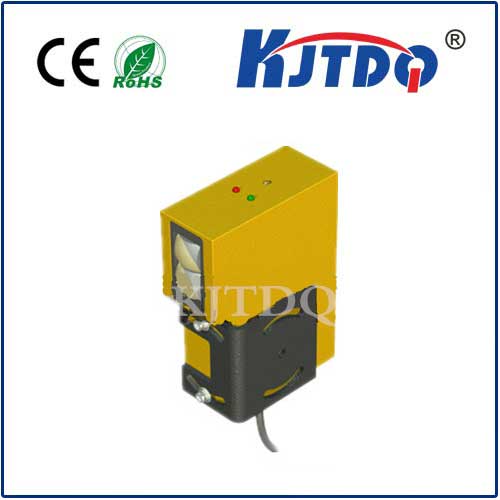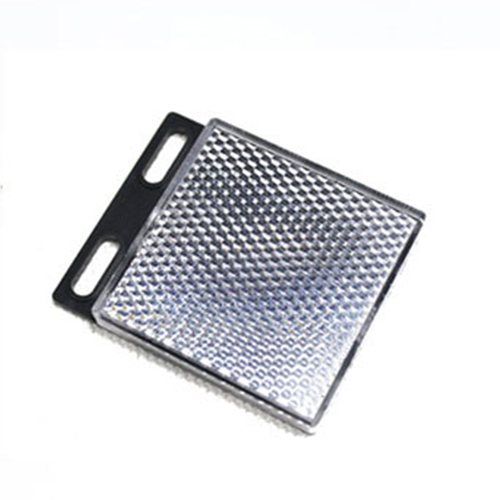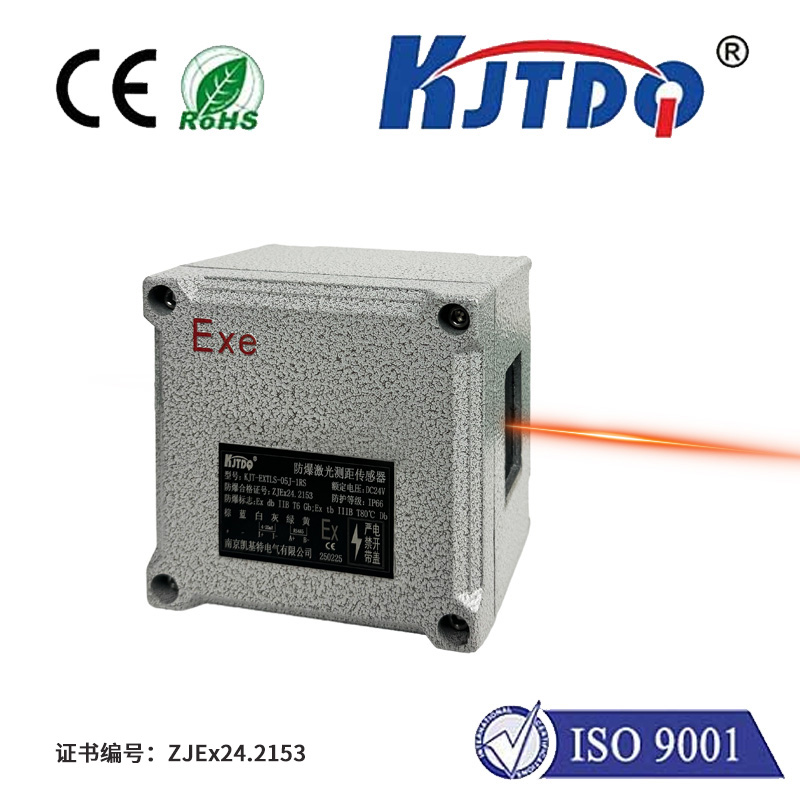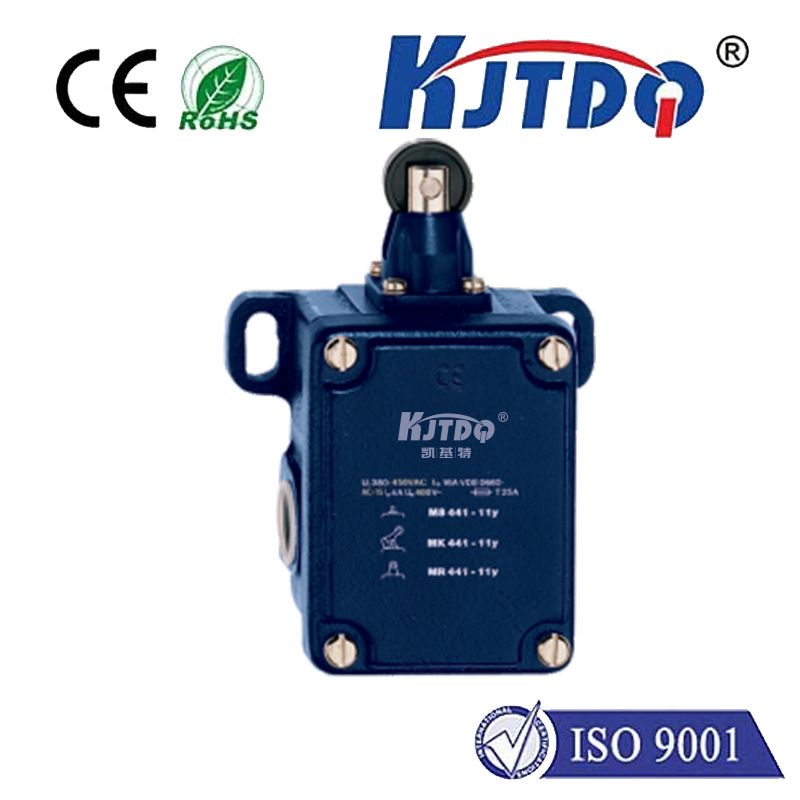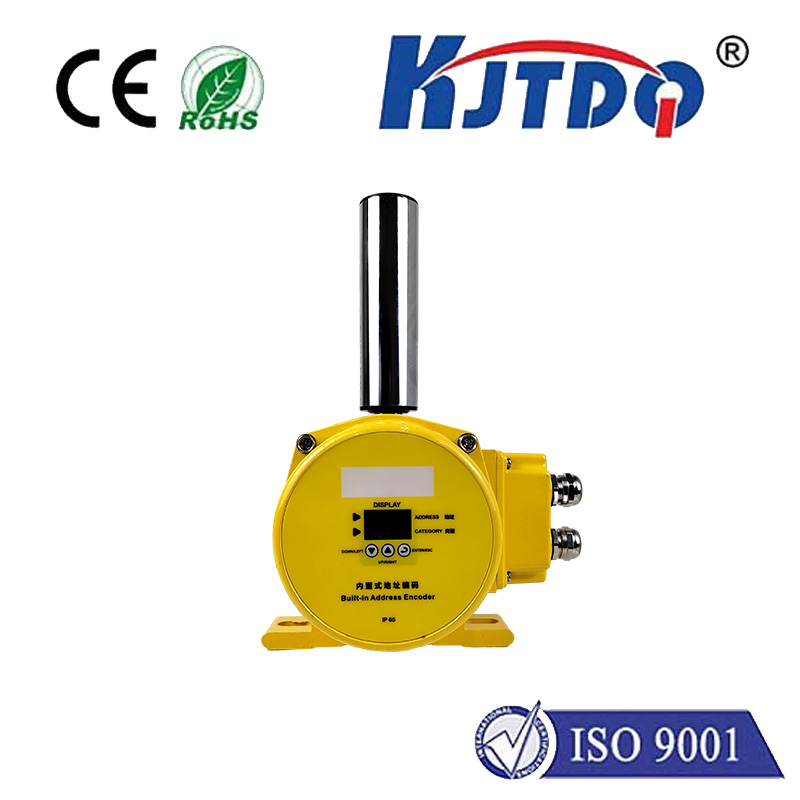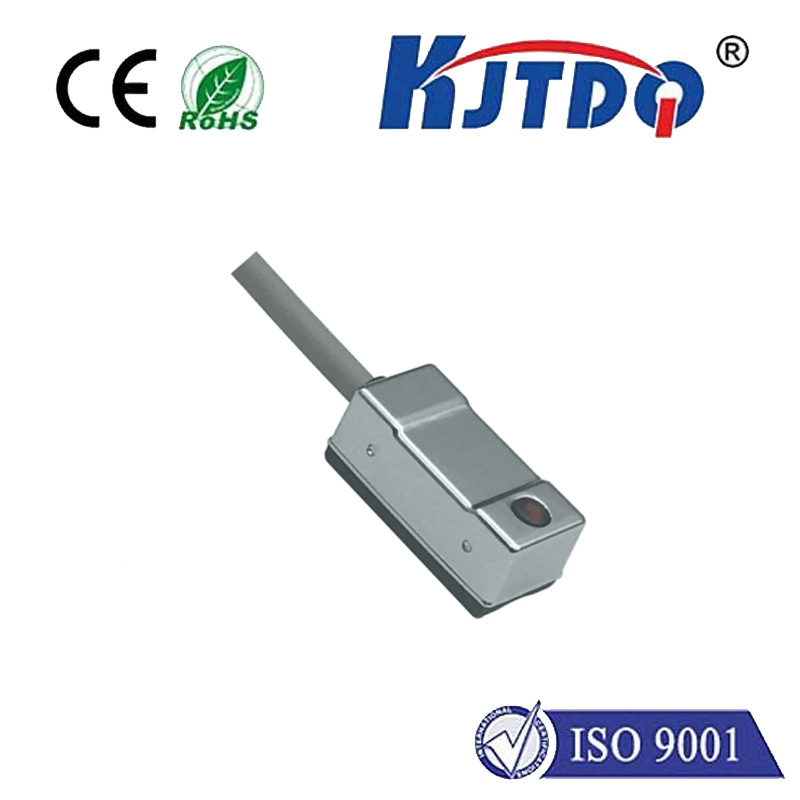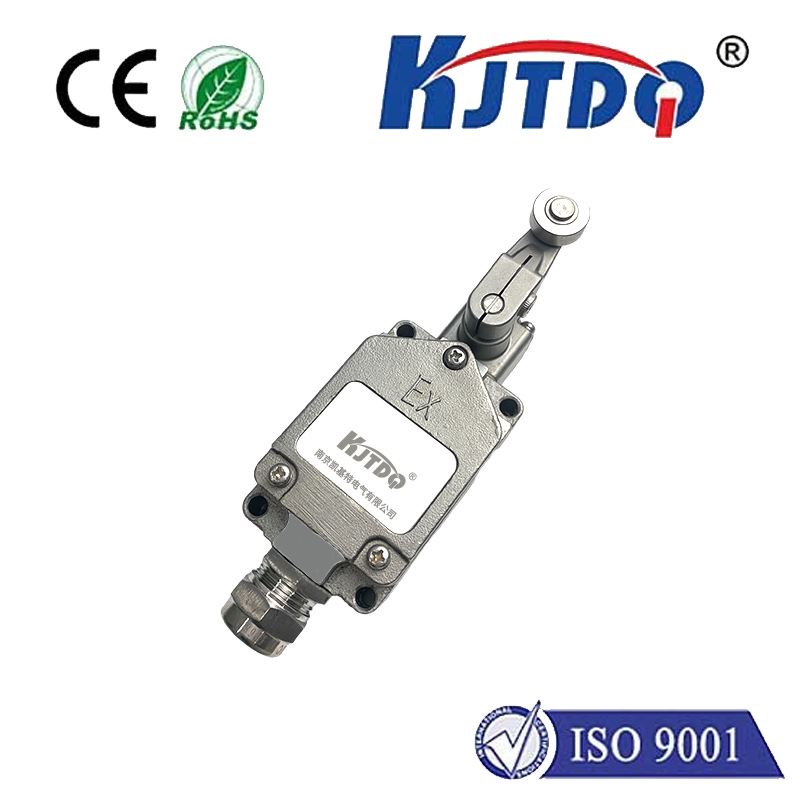proximity sensor hugong
- time:2025-09-06 04:24:19
- Click:0
Proximity Sensor Hugong: The Silent Collaborators Fueling Smarter Industry
Imagine walking into an automated factory. Machines hum, robotic arms dance with precision, and components glide seamlessly along conveyor belts. What keeps this intricate ballet from devolving into chaos? Often, it’s the unassuming workhorses known as proximity sensors, operating silently yet critically through a principle we can aptly call “hugong” – mutual support and cooperation within the system. These sensors are the foundational eyes and feelers of modern industrial automation, enabling machines to perceive their environment without physical contact, triggering actions and ensuring safety with remarkable reliability.
Understanding the Core: What Are Proximity Sensors?
At their essence, proximity sensors are devices that detect the presence or absence of a nearby object within a defined sensing range. They achieve this contactless operation through various technologies, each suited to specific applications:
- Inductive Proximity Sensors: Detect metallic objects using electromagnetic fields. Ideal for harsh environments (dust, oil) where reliability is paramount.
- Capacitive Proximity Sensors: Detect objects by sensing changes in capacitance, capable of detecting both metallic and non-metallic materials (plastics, wood, liquids, granules). Crucial in packaging, level detection, and material handling.
- Photoelectric Sensors (Optical Proximity): Use a beam of light (visible, infrared, laser) to detect objects based on interruption (through-beam) or reflection (retro-reflective, diffuse). Offer versatile and often longer-range detection, essential for positioning and counting.
- Ultrasonic Proximity Sensors: Emit sound waves and detect their echo to gauge distance or presence, effective even on transparent or irregularly shaped objects and in challenging conditions like fog or dust.
- Magnetic Proximity Sensors: Detect the presence of permanent magnets, often used for simple position sensing on cylinders or doors.
The key takeaway is their ability to detect without touching, minimizing wear and tear and enabling high-speed operations impossible with mechanical switches.

The “Hugong” Principle: How Proximity Sensors Enable Industrial Synergy
The term “hugong” (互供), implies mutual supply, support, and collaboration. This perfectly encapsulates the role of proximity sensors within an automated system. They don’t operate in isolation; they provide vital, real-time data that other components rely on to function effectively and safely:
- Enabling Robotic Precision: Sensors tell a robot arm exactly when a part is in position for picking, gripping, or welding. They guide complex movements, ensuring accuracy and preventing collisions. This is hugong in action: the sensor supplies location data, the robot performs the task.
- Securing Conveyor Flow: Proximity sensors monitor parts on conveyors, ensuring correct spacing, preventing jams, and signaling downstream machines when an item arrives. They maintain the harmonious flow (hugong) of the entire production line by coordinating machine actions.
- Ensuring Machine Guarding & Personnel Safety: Critical safety functions often rely on proximity sensors. They detect if a safety door is closed, if personnel are within a dangerous zone, or if a guard is correctly positioned, triggering emergency stops if needed (safety-rated sensors). This is the ultimate collaboration: protecting human life by enabling the safety system.
- Facilitating Accurate Positioning & Counting: From simple “yes/no” presence detection to precise position feedback for servo systems and accurate part counting, sensors provide the essential data points that drive control logic. They supply the information, the PLC processes it, and actuators respond – pure system hugong.
Why Proximity Sensors Are Indispensable: Core Advantages
Their widespread adoption is driven by compelling advantages over mechanical counterparts:
- Contactless Operation: Eliminates physical wear on both the sensor and detected object, significantly extending lifespan and reducing maintenance downtime. This is a fundamental benefit.
- High Reliability & Speed: Capable of operating reliably in millions or even billions of cycles, crucial for high-speed manufacturing. Response times are typically much faster than mechanical switches.
- Robustness: Designed to withstand demanding industrial environments – resistant to dust, dirt, moisture, vibration, and chemicals (IP ratings indicate this level of protection).
- Versatility: From detecting tiny components on a PCB to large objects on a steel mill conveyor, from clean food processing lines to grimy foundries, there’s a proximity sensor type engineered to fit the application.
- Simplified Design & Installation: Compact sizes allow for flexible mounting. Their output is a clean, easy-to-integrate electrical signal (PNP/NPN, analog, IO-Link).
Powering Real-World Industrial Applications (Hugong in Practice)
The applications where proximity sensors facilitate seamless industrial hugong are vast and varied:
- Automotive Manufacturing: Detecting parts presence for welding, assembly verification, robotic guidance, door and hood position sensing. The precision required demands flawless sensor performance.
- Packaging & Material Handling: Controlling fill levels in containers, detecting packages on conveyors (position, jams), counting bottles/cans, managing pallet handling. Capacitive and photoelectric sensors excel here.
- Food & Beverage Processing: Ensuring hygienic levels in tanks (capacitive sensors), detecting labels or caps, verifying container presence for filling or capping. Sensors rated for washdown (IP69K) are essential.
- Machine Tooling: Tool presence detection, workpiece positioning on CNC machines, spindle orientation, safety door monitoring. Inductive sensors dominate in these metallic environments.
- Logistics & Warehousing: Detecting pallets on racks or conveyor systems, position sensing for Automated Guided Vehicles (AGVs), presence detection for sorting systems. Reliable sensing ensures smooth warehouse flow.
The Future: Smarter Sensing for Enhanced Hugong
The evolution of proximity sensors continues, increasingly integrating intelligence and connectivity to further enhance industrial collaboration and Industry 4.0 aspirations:
- IO-Link Integration: This point-to-point communication protocol allows sensors to transmit far more data beyond simple on/off signals – diagnostics, parameter settings, process values (like analog distance values). This significantly boosts predictive maintenance and process optimization capabilities.
- Increased Intelligence & Diagnostics: Sensors that can self-monitor their health, detect contamination, or provide advanced environmental data autonomously.
- Miniaturization: Development of even smaller sensors enables detection in extremely confined spaces, opening new applications.
- Enhanced Performance: Higher switching frequencies, longer sensing ranges, and improved resistance to electromagnetic interference (EMI).
Invisible to the untrained eye, proximity sensors form the vital network of awareness within automated systems. Through their contactless sensing and unyielding reliability, they embody the hugong principle, supplying the essential information that allows machines to coordinate, collaborate, and function safely and efficiently. As industrial processes become increasingly complex and interconnected, the humble proximity sensor, constantly evolving towards greater intelligence, remains a fundamental enabler of productivity and innovation. They are, quite literally, the silent guardians whose vigilance makes the seamless dance of modern manufacturing possible.






